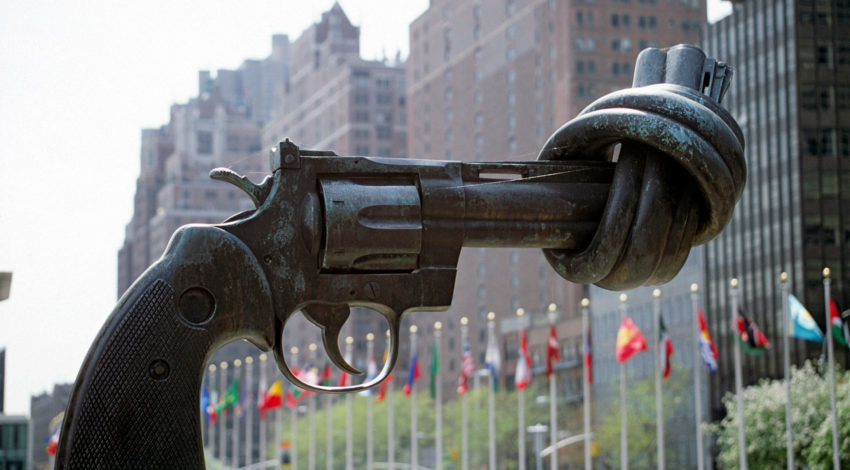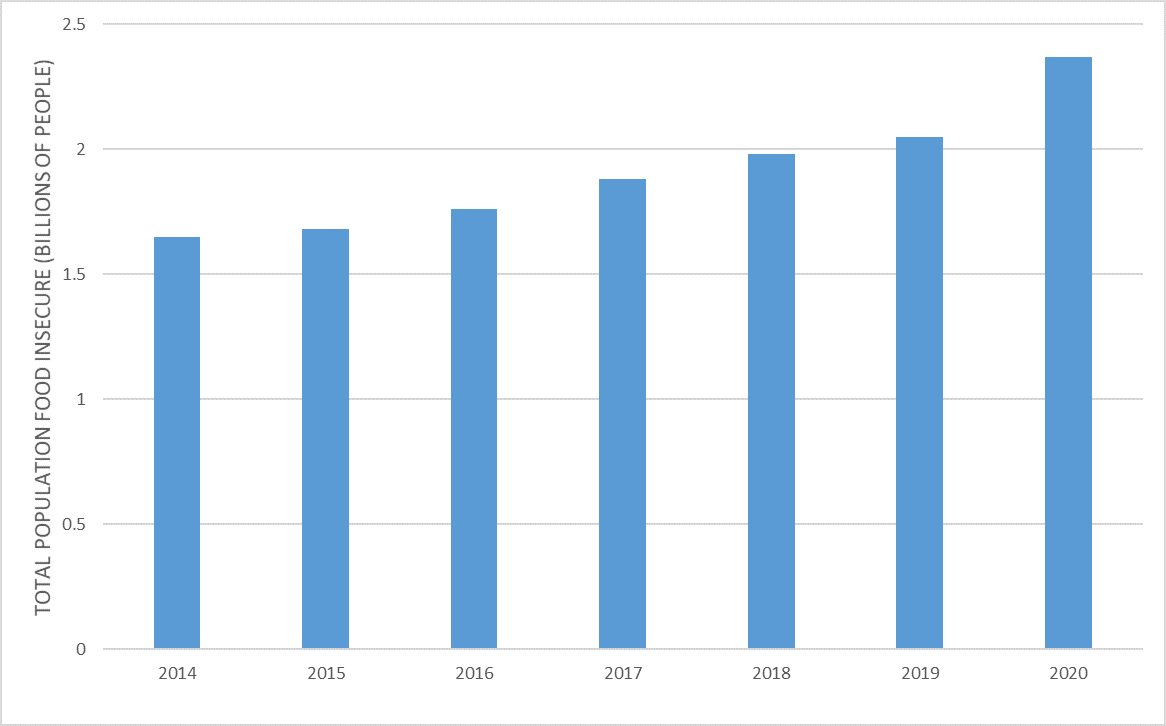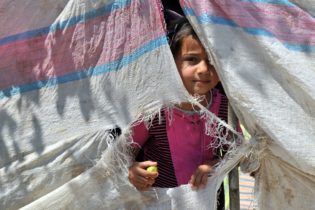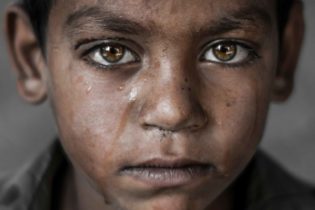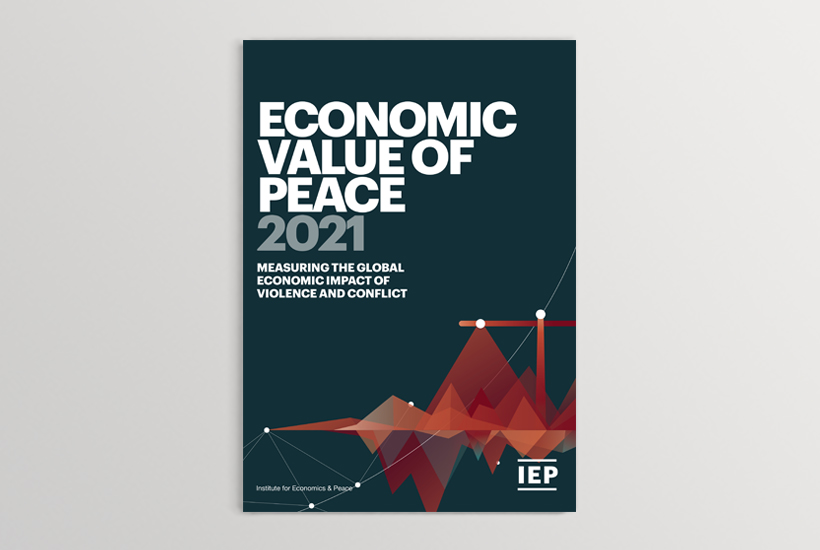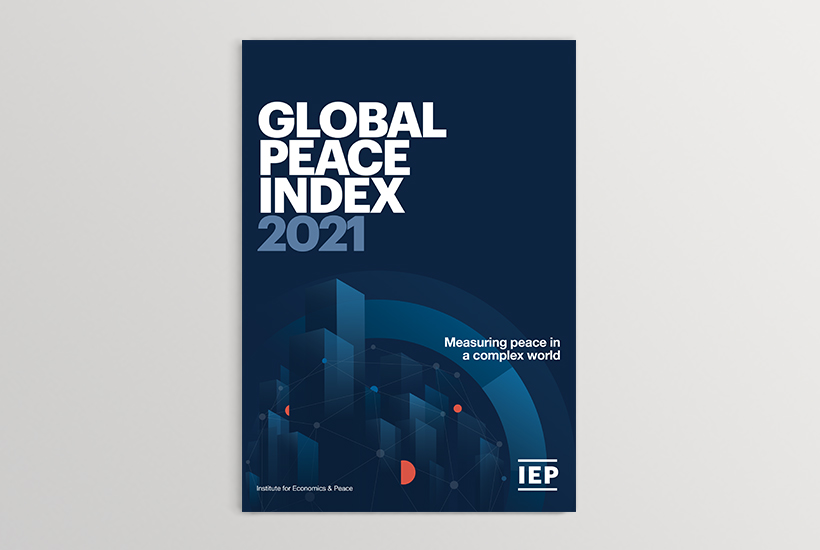In 2020 the global economic impact of violence, a metric defined as the expenditure and economic effect related to containing, preventing and dealing with the consequences of violence, was estimated to be $14.96 trillion.
This equates to $5 for every person in the world for every day of the year.
The economic impact of violence provides an empirical basis to better understand the economic benefits resulting from improvements in peace.
Reducing violence avoids the considerable direct costs and allows for the reallocation of resources to more productive sectors such as health and education, which yield compounding benefits to society over time. The economic benefits accrued from reducing violence can be thought of as a peace dividend.
The countries with the highest economic impact from violence are also some of the poorest and most food insecure. In the ten countries most economically affected by violence, the average economic cost was equivalent to 35.7 per cent of GDP. In the ten most peaceful countries, the average economic cost of violence was equal to just 4.2 per cent of GDP.
Meaningful improvements in peace would significantly improve the economic situation for many low peace countries. The redirection of these economic losses could provide significant economic gains to society and reduce human suffering, particularly among the most vulnerable and poor.
In addition to causing suffering, interpersonal violence, social unrest, and collective violence hinder productivity and economic activity, destabilise institutions, and reduce business confidence. These economic disruptions include reduced GDP growth, a less predictable economy, higher levels of unemployment, lower foreign direct investment and higher interest rates and higher inflation
In many low peace countries, food insecurity remains a serious challenge. The Ecological Threat Report (ETR) 2021 finds food insecurity has increased annually since 2014 as shown in Figure 1 and that low peace countries have a higher prevalence of food insecurity and undernourishment compared to high peace countries. The Food and Agricultural Organisation of the United Nations (FAO) estimates that in 2020, a total of 2.4 billion people, or 30.4 per cent of the global population were food insecure.
The number of food-insecure people rose by over 300 million people in 2020 from the previous year, the largest annual increase on record.

